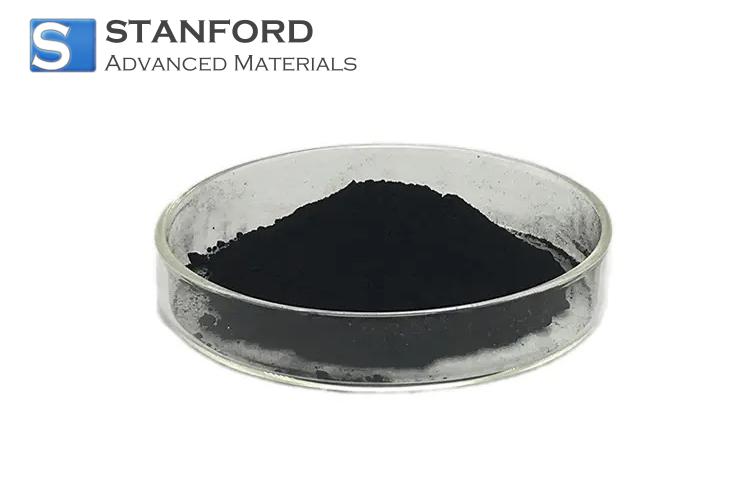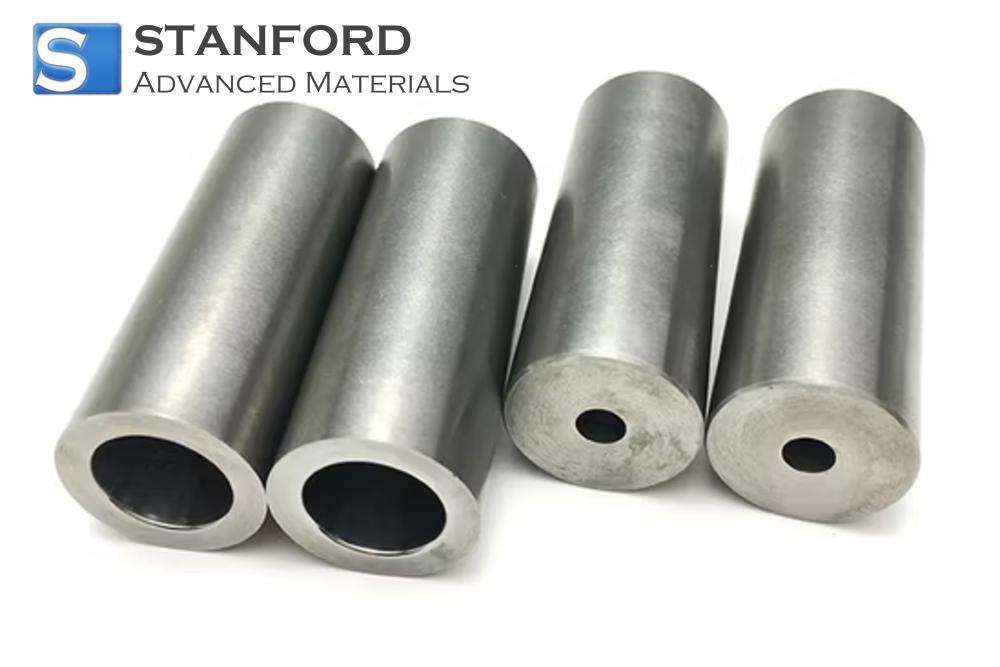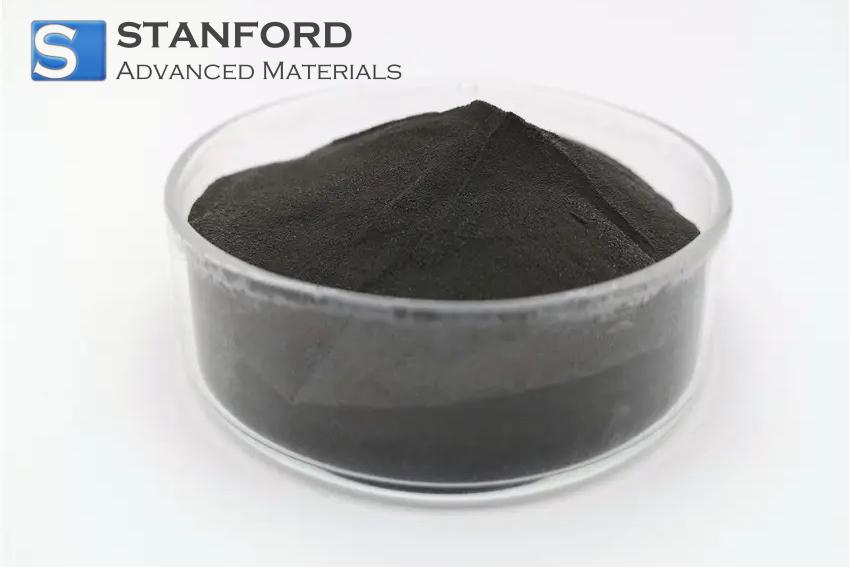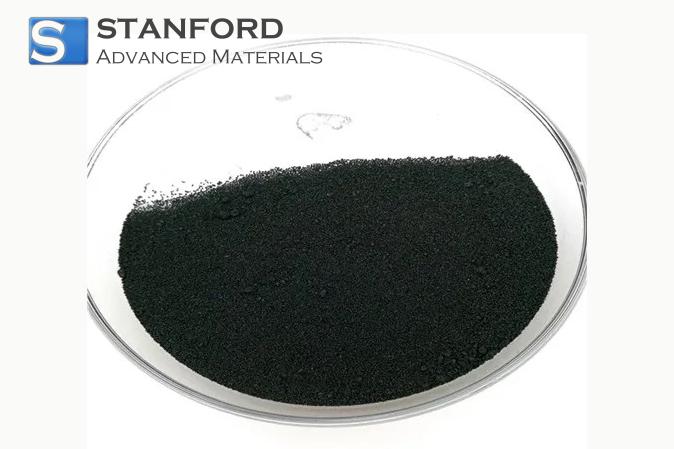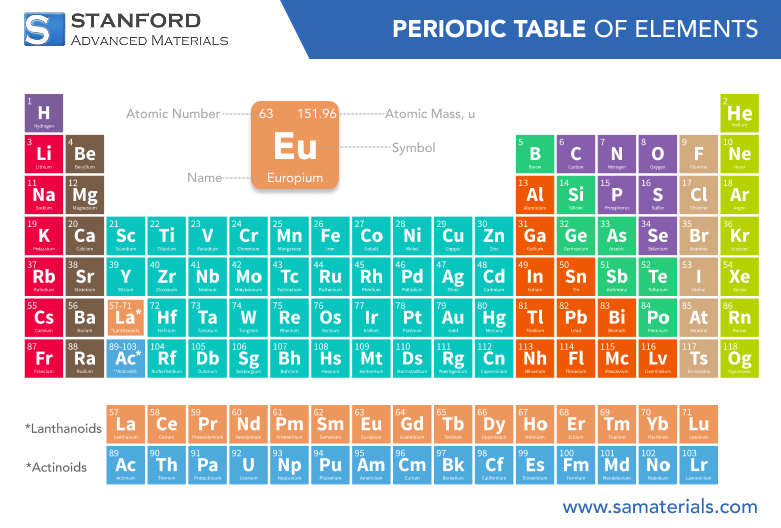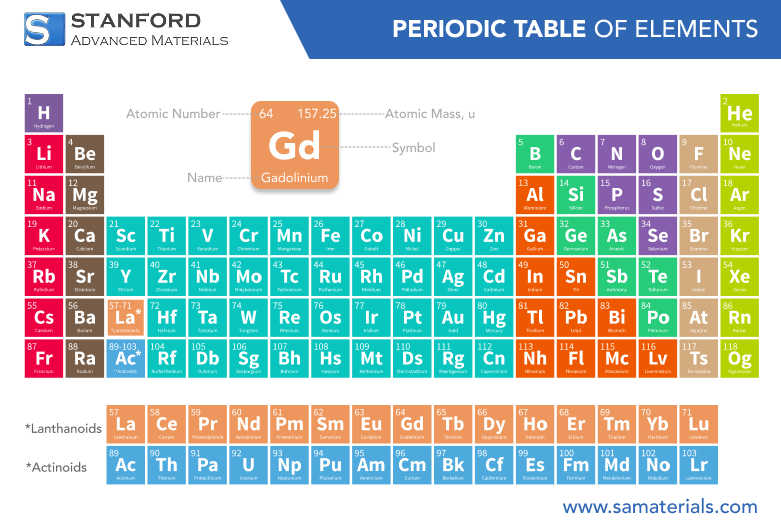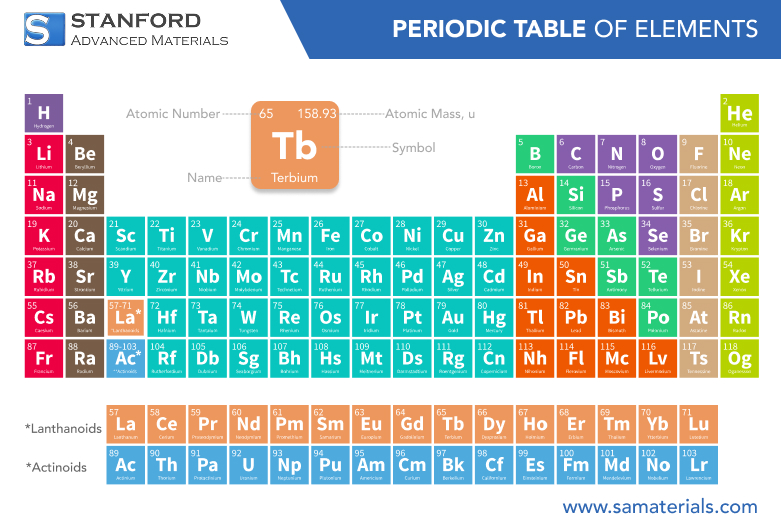Molybdenum: Element Properties and Uses
Description
Molybdenum is a chemical element with the symbol Mo and atomic number 42. It is essential in various industrial applications due to its high strength and resistance to corrosion.
Introduction to the Element
Molybdenum is a transition metal found in the periodic table, known for its significant role in various industries, including steel manufacturing, electronics, and chemical production.
This element is vital in processes requiring high heat resistance and durability. Molybdenum was discovered in 1778 by Carl Wilhelm Scheele, and its name is derived from the Greek word "molybdos," meaning lead-like, due to its similarity to lead ores.
The element is present in trace amounts in the Earth's crust and is most commonly extracted from minerals like molybdenite (MoS₂). Molybdenum has an essential role in biological systems, particularly in plants and animals, where it acts as a cofactor in enzymes that regulate nitrogen metabolism.
Chemical Properties Description
Molybdenum is a hard, silvery-white metal with a high melting point of 2,623°C (4,753°F), making it an excellent material for use in high-temperature applications.
It is relatively inert to most acids but can react with oxidizing agents, such as oxygen and halogens, at elevated temperatures. When exposed to air, molybdenum forms a thin oxide layer on its surface, which helps protect the metal from further corrosion. It is soluble in nitric acid but resistant to hydrochloric acid, showing significant chemical stability in harsh environments.
Molybdenum's valence states range from +2 to +6, with +6 being the most stable and common in its compounds. These compounds include molybdate salts, which are used as industrial catalysts and in fertilizers to improve nitrogen fixation in plants.
Physical Properties Data Table
Property | Value |
Density | 10.28 g/cm³ |
2,623°C (4,753°F) | |
Boiling Point | 4,612°C (8,355°F) |
Hardness | 5.5 (Mohs scale) |
Electrical Conductivity | High |
Thermal Conductivity | High |
For more information, please check Stanford Advanced Materials (SAM).
Common Uses
l Molybdenum is most widely known for its use in the production of steel and other metal alloys. As an alloying element, it improves the strength, hardness, and corrosion resistance of materials, making it ideal for applications in high-stress environments.
l Molybdenum steel is used in the manufacturing of tools, machinery, and equipment in various industries, including the automotive, aerospace, and construction sectors.
l Besides steel production, molybdenum is used in the production of electrical contacts, filaments, and as a catalyst in the petroleum and chemical industries.
l It is also used in producing molybdenum disulfide, a lubricant that performs well under high-temperature conditions.
l Molybdenum is involved in producing specific electronics and solar cells due to its unique electrical properties.
Preparation Methods
Molybdenum is primarily obtained through the extraction of molybdenite, a molybdenum sulfide mineral. The extraction process involves roasting molybdenite ore in air to form molybdenum trioxide (MoO₃), which is then reduced to pure molybdenum through a combination of chemical processes.
In addition to molybdenite, other minerals containing molybdenum, such as wulfenite (PbMoO₄), can also be used in the extraction process. Once extracted, molybdenum can be further refined into various forms, including powder, wire, and sheet, depending on the intended use.
Frequently Asked Questions
What is molybdenum used for?
Molybdenum is used primarily in steel manufacturing, electronics, and as a catalyst in the chemical industry. It is also used in high-temperature applications due to its strength and heat resistance.
How is molybdenum extracted?
Molybdenum is mainly extracted from the mineral molybdenite through a roasting process that produces molybdenum trioxide, which is then reduced to pure molybdenum.
What are the physical properties of molybdenum?
Molybdenum has a high melting point (2,623°C), high density (10.28 g/cm³), and excellent thermal and electrical conductivity, making it ideal for use in high-temperature and high-stress environments.
Is molybdenum toxic?
While molybdenum is an essential trace element in small amounts, excessive exposure can be toxic, particularly through inhalation or ingestion of molybdenum dust.
What are the main industrial products related to molybdenum?
Key industrial products related to molybdenum include molybdenum disulfide (used as a lubricant), molybdenum-based alloys, molybdenum oxide (used as a catalyst), and molybdenum-containing fertilizers.

